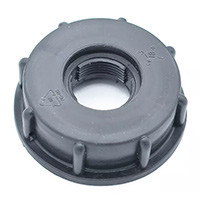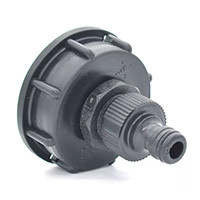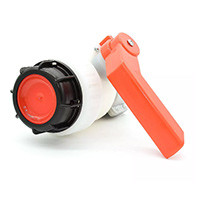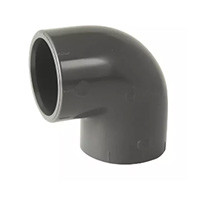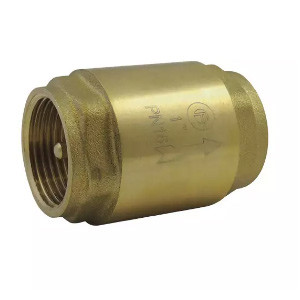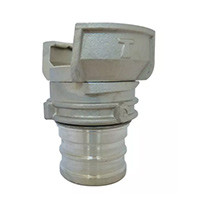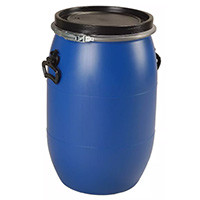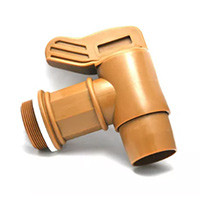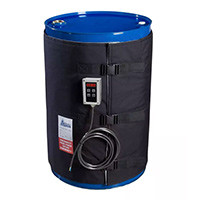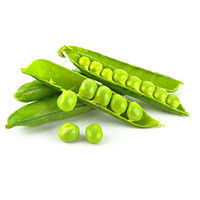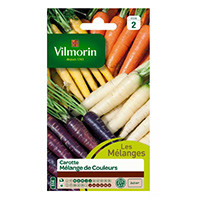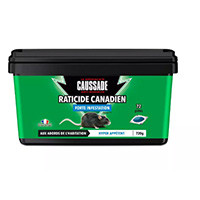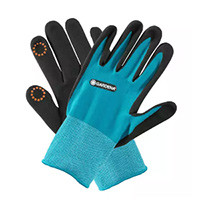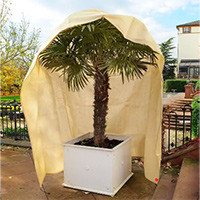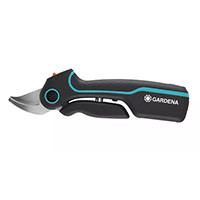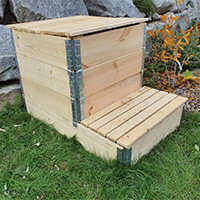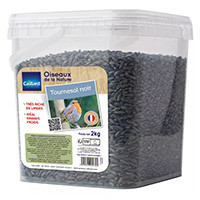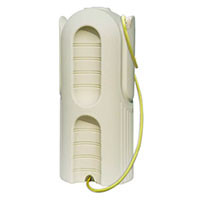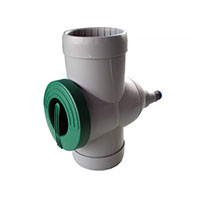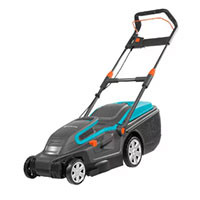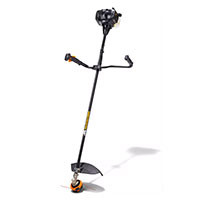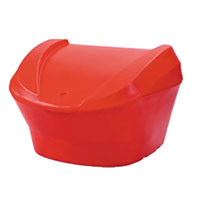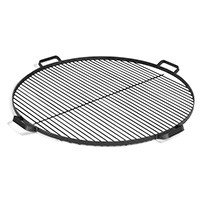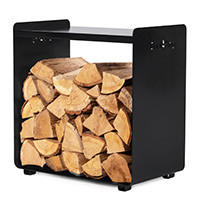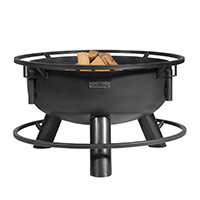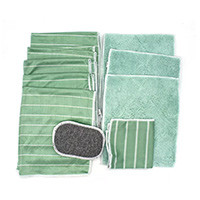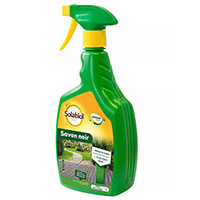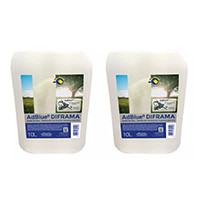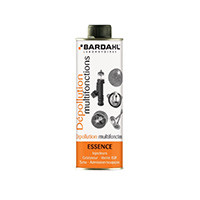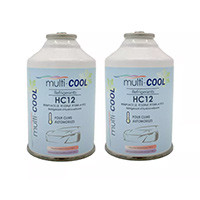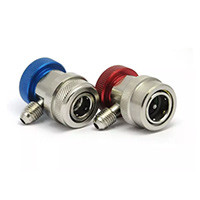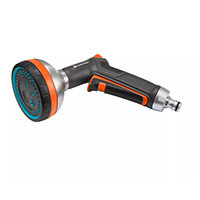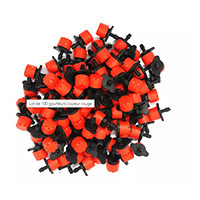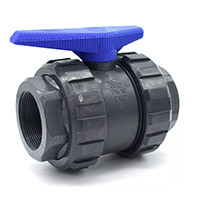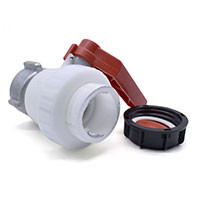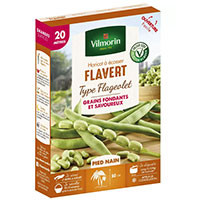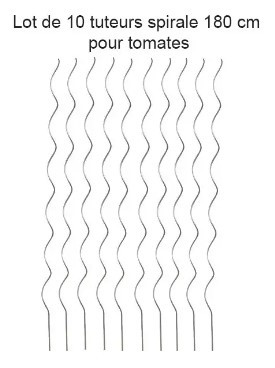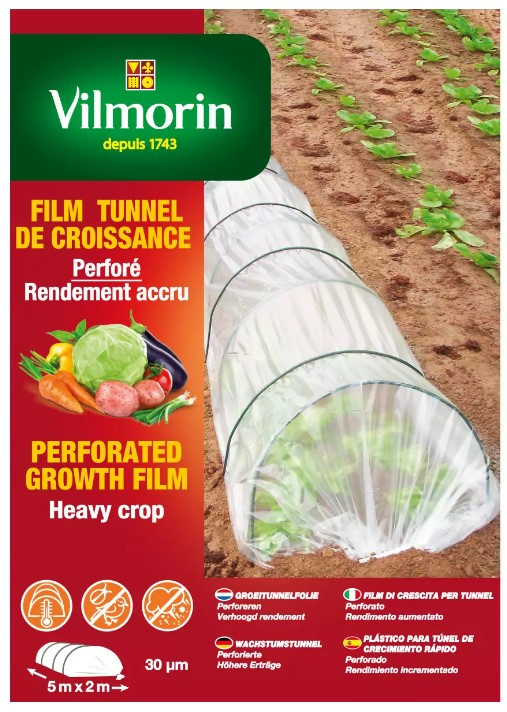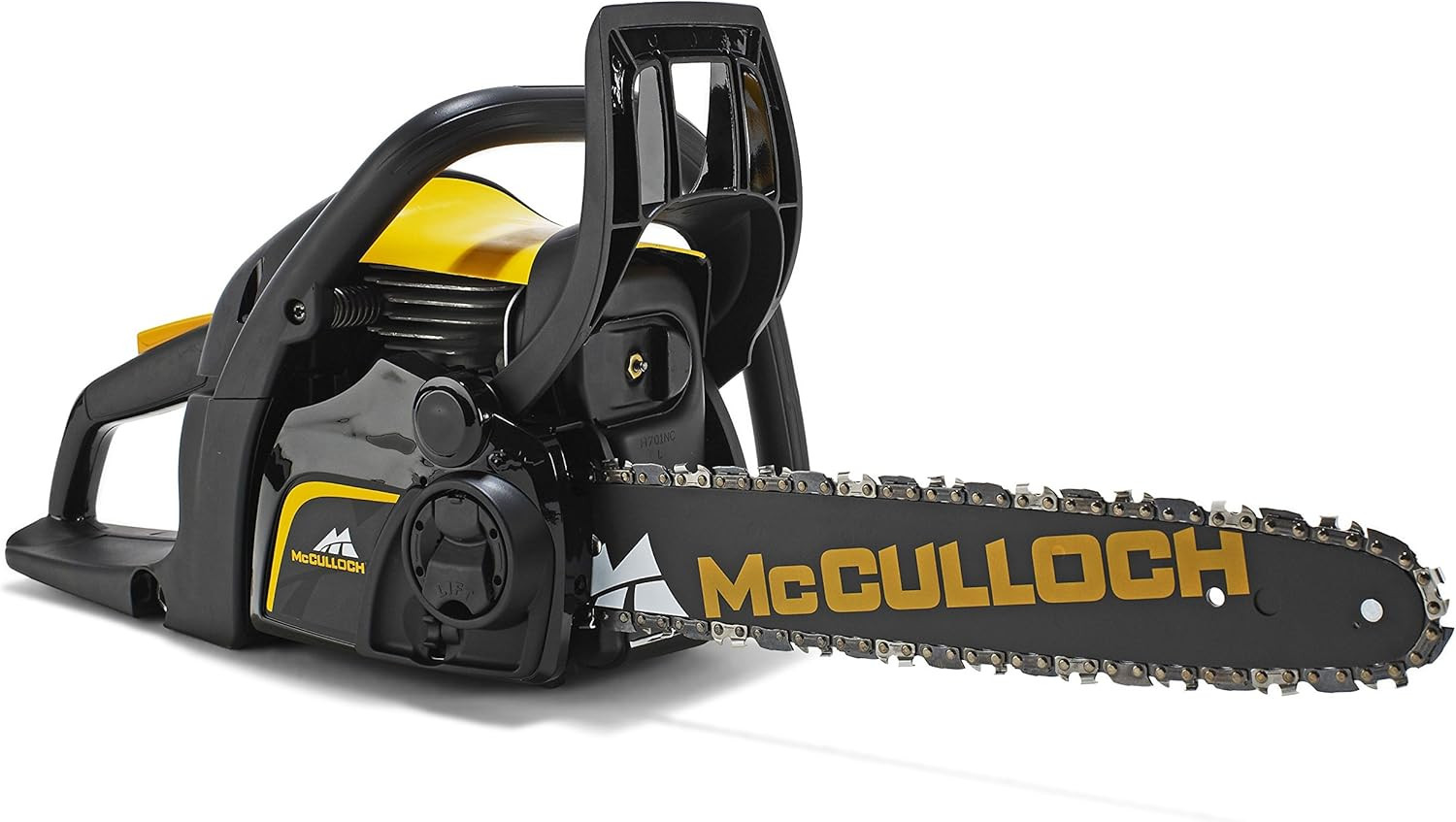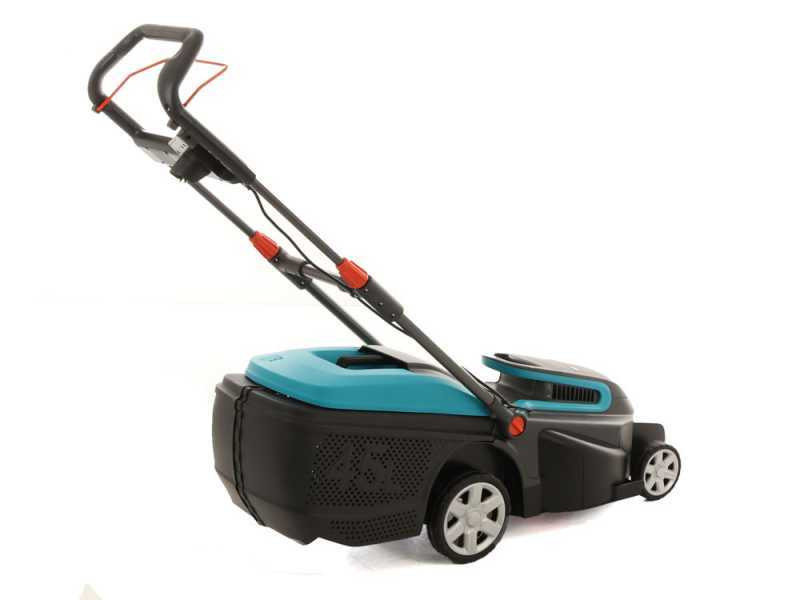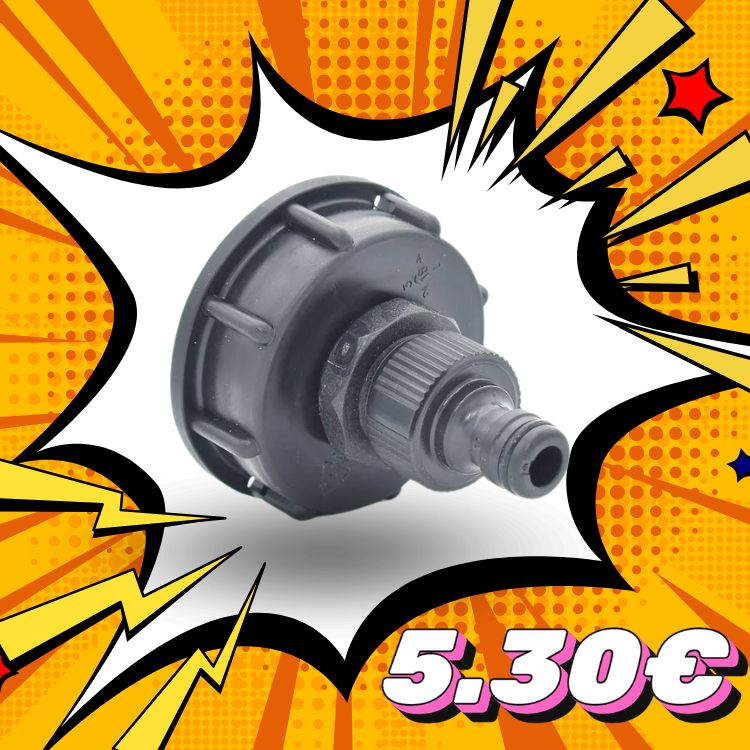Which gloves to choose for gardening in winter?
If you've been gardening for a while, you probably already know: when you're busy in the garden, wearing gloves can be very useful! We remind you why, and we help you choose your gloves for the winter, a season that brings its share of additional constraints to outdoor work. Let yourself be guided!
Why wear gloves for gardening?
On this subject, gardeners are divided: where some categorically refuse to protect their hands – they generally argue that they are less precise in their gestures, which can indeed happen when you choose your gloves incorrectly – others insist that in the garden, it is mandatory gloves.
At Multitanks, we are rather in the second team: we believe that wearing gloves remains the best way to protect yourself:
- earth that slips under the nails and becomes embedded in them;
- traces of chlorophyll that is deposited in the folds of the skin;
- allergies that can occur when attacking a stinging plant or simply not being tolerated contact;
- injuries – scratches, bites, cuts, etc. – to which one is exposed when gardening and using cutting tools, and which are all the more dangerous as they can cause infections or more serious diseases such as tetanus;
- contact with certain components of phytosanitary products, if you use them in the garden, which can causesignificant damage to the epidermis, etc. In short, we are pro-gloves!
You will probably have understood it: when you work in the garden – no matter what tasks you do there – you inevitably expose yourself to the risk of damaging your hands at one time or another... Which is a shame because there is a very stupid way to avoid getting dirty, scratching or injuring yourself... The purchase of a good pair of gloves,simply!
Hand protection: the different types of gloves
Protecting your hands, yes... But how? If there are different ways to do it – with different kinds of gloves – you should know that all of them are valid. All you have to do is find the right pair for the task you are performing! Among those that are generally needed are:
- protective gloves,ideal for pruning or large weeding work. They are not necessarily the finest – they are often made of leather or latex – but they are used for work that does not necessarily require much precision and that can cause greater injuries – when you cut, you handle tools such as the force pruner or the hedge trimmer that can do a lot of damage. Note that latex is often preferred for work that requires greater dexterity, such as the size of roses or holly... Certainly, you have to be meticulous, but be careful it stings (!);
- gloves for planting,which have the advantage of being more flexible – made of polyester mesh for example – and which protect the hands during sowing, planting, mulching or small weeding work. Generally to be performed in the spring, these tasks do not necessarily require as much protection as for the waist because you do not handle cutting tools, but they can not be done well if you wear unwieldy gloves;
- gloves adapted to cold and wet weather – between 0 and 10 ° C approximately – in acrylic and which best protect the hands when the weather conditions are not ideal... But that one must still dig or carry out maintenance work in the garden;
- touch gloves, for hyper-connected gardeners who want to be able to use their phone – to take a call or photograph the garden – without having to take off their gloves... We know that often, it is an operation that takes time as some models are thought of as a second skin, and therefore difficult to remove;
- scented gloves – yes, it exists – which smell for example essential oils and can soften some tasks a little thankless such asthe amendment of the earth with compost, which does not necessarily smell very good ... As you can see, there are really gloves for all jobs and for all tastes – and again, we have not yet talked about theaesthetics of these different models, which differs from one brand to another!
Winter period: which gloves to choose?
As explained above, there are materials that more or less protect from winter temperatures. Leather is the most effective, but is best suited for pruning or pruning work. As for brushed acrylic, it works wonders in terms of waterproofing and protection against the cold, but still protects less than leather... The best is still to find THE rare pearl: a model both flexible and comfortable, with a lining for even more comfort. Good luck!

